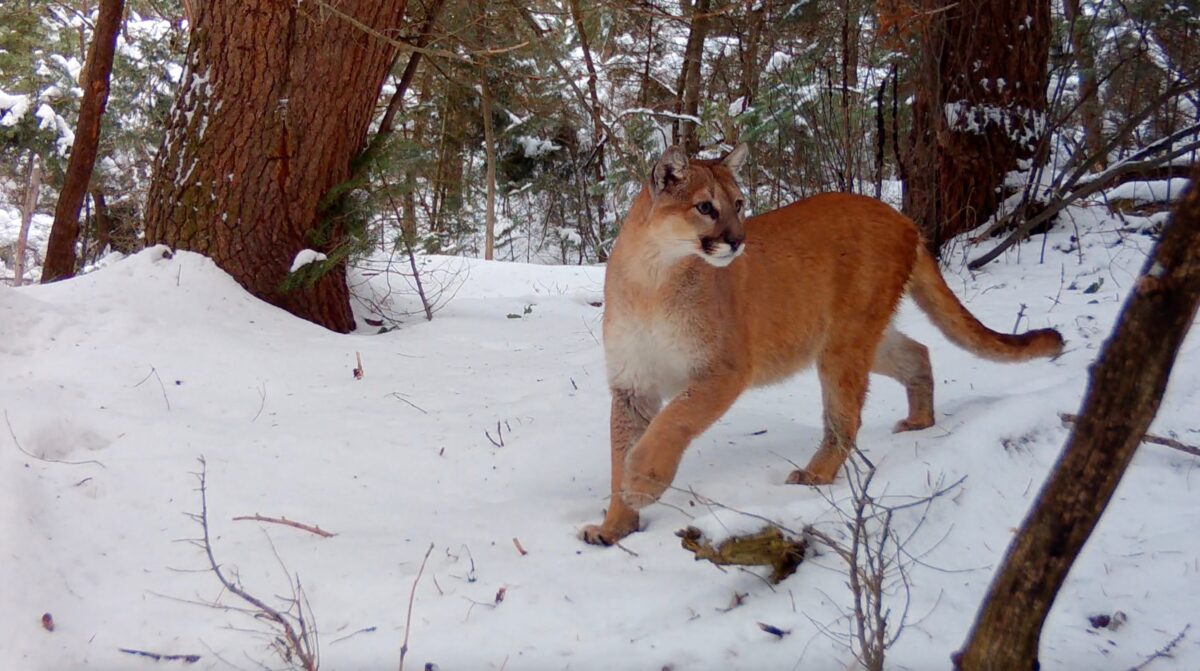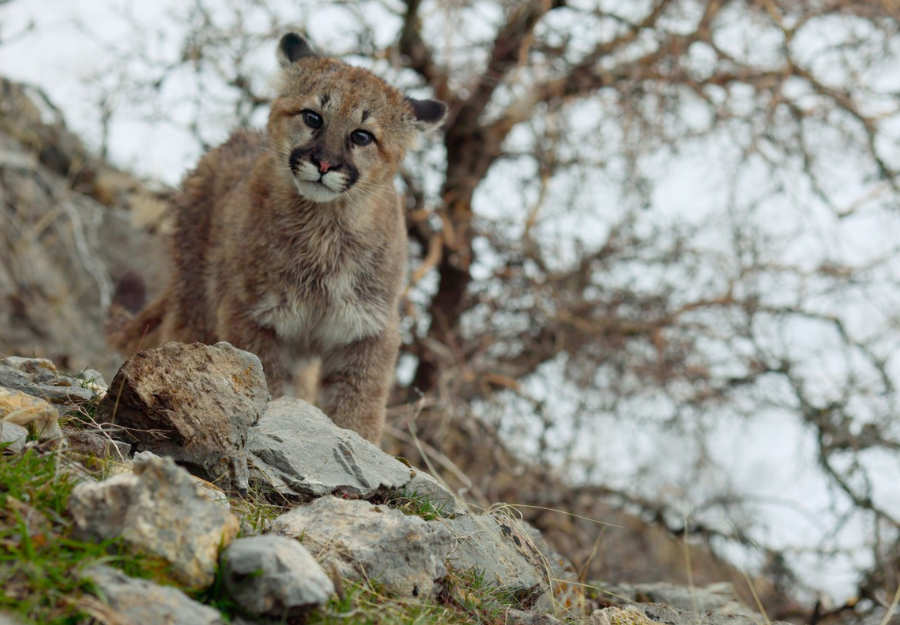
Rethinking Wildlife’s Place in our Interconnected World
Guest Commentary by Maria Fotopoulos
Yet another majestic mountain lion has lost his life — in a hit and run — on a highly trafficked Southern California highway. This is the 14th mountain lion to die on L.A. area roads since a 2002 tracking study began.
Mountain lions in California have been classified as “specially protected mammals” as a result of Proposition 117 which prohibited trophy hunting in 1990. Even with that protection, the roads have nonetheless taken their toll. Southern California mountain lions have one of the lowest survival rates among any population in North America, comparable to hunted populations.
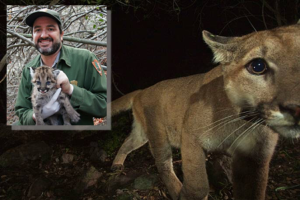
Through the tracking study of the big cats of the Santa Monica Mountains, we know the most recent victim was P-32 (“P” for puma). Remarkably, he navigated at least four freeways before he died in August, short of his second birthday, in search of a new home. The Santa Monica Mountains are 153,000 acres — the average male lion needs about 100,000 acres of natural habitat — and home to perhaps 10 adult lions, according to the National Park Service.
The big cats in the Santa Monica Mountains live essentially on an “island,” since extensive urban development and some of the country’s busiest highways are very real barriers to their movement. No cats have successfully dispersed out of the Santa Monica Mountains since tracking began, with P-32 being the latest casualty. P-22, who managed to cross two eight-lane freeways and travel through highly urbanized areas to end up in Griffith Park, is not technically considered a success, as he still is on an “island” with no opportunity to mate.
On the opposite coast, Florida panthers share a similar predicament — isolated in the southern part of the state, with as few as 100 remaining. Both populations lack genetic diversity because of their isolation.
It’s not easy being an urban cat in 21st century California. Traveling to the liberal enclave of Santa Monica did not help a young cougar that came into town in 2012; he ended up shot dead outside a yoga studio, as did a cougar that wandered into Berkeley in 2010. And south of L.A., in Orange County, being hit by a moving vehicle is the No. 1 cause of mountain lion deaths, with the 241 Toll Road being particularly treacherous: 15 cougars killed in recent years.
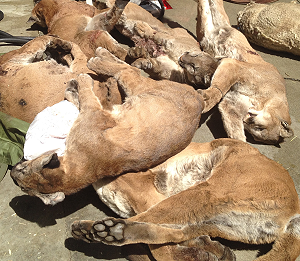
These are harbingers for wildlife in all states.
The U.S. has a long history of killing off the country’s cougars — recorded mortality since 1902 is 155,000. But recordkeeping is limited, so we can guess the actual number is significantly higher. And in the Eastern U.S., the cougar is extinct.
Today, it’s unlikely the mountain lion population in the U.S. exceeds 30,000, according to the Mountain Lion Foundation. For some perspective, there is real concern about the future of wild lions being able to survive in Africa even within the next few decades; their numbers may be between 20,000 and 30,000, and they remain in only some countries there, where once they roamed the entire continent. An estimated four mountain lions are killed as “trophies” to every one lion killed as a trophy in Africa. If we viewed our wildlife differently, this would be considered genocide.
This latest tragic loss of a big cat on a California freeway brings home — again — the urgency of designing, funding and building wildlife crossings, and ensuring that the concept is integrated into the review process for developing new roads and considered when roads are refurbished. As well, a more comprehensive working process of the environmental impact on biodiversity that involves wildlife management agencies, conservation groups, highway agencies, city and state planners, engaged citizens and developers is needed to ensure that all future infrastructure and development accommodate needs greater than those of just Homo sapiens.
In Southern California, according to urban wildlife experts, creating a safe passage for wildlife in one of the last undeveloped areas on highway 101 will provide a way to help ensure that cougars have a future in the Santa Monica Mountains. Leading the charge on this project are the Santa Monica Mountains Fund and the National Wildlife Federation.
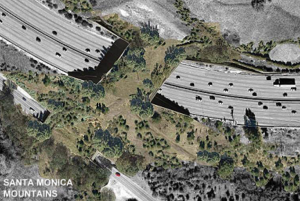
But mountain lions were in California long before 38 million people (and counting) claimed most every part of the state; ditto the rest of the country (323 million people and counting). We have an obligation as defenders of the planet to direct more energy into doing a much better job of protecting and coexisting with our wildlife, and helping it thrive.
In an ever-growing rebuilt landscape that’s suburbanized and urbanized, unique biodiversity needs our help.
Failing to stabilize U.S. population at sustainable numbers will make protecting our biodiversity even more difficult, if not impossible. Thus, stabilizing and reducing human population is essential to a sustainable U.S. and all its wildlife.
Cougars are nocturnal hunters and adventurers. P-32 was hit and killed last month sometime in the wee hours of the morning, between 4 a.m. and 6 a.m. Maybe we should close freeways at night to reduce cougar deaths. Now, that proposal might bring some attention to our wildlife!


 Maria Fotopoulos is a Senior Writing Fellow with Californians for Population Stabilization.
Maria Fotopoulos is a Senior Writing Fellow with Californians for Population Stabilization.
 Facebook
Facebook Twitter
Twitter Send Email
Send Email